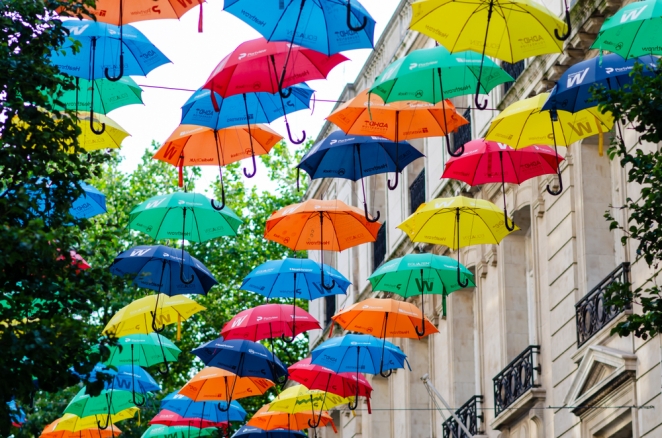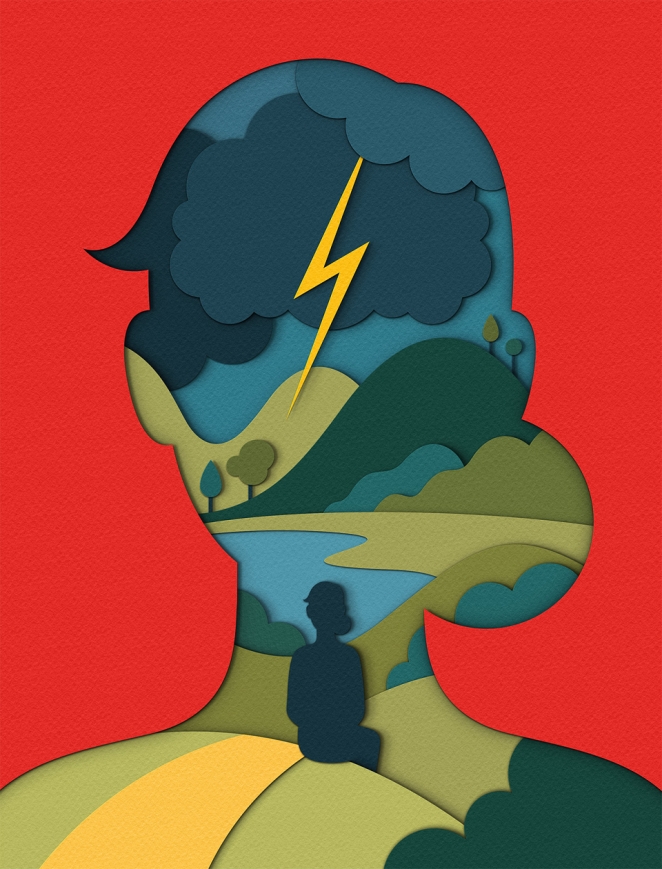Work environments, like many other spaces, tend to be designed for neurotypical people. This leaves neurodivergent individuals – those with natural variations in the brain – in a compromising position.
One of the most significant hurdles that the neurodivergent community faces in regards to the workplace is that neurodiversity still isn’t included in the majority of organisations’ Diversity, Equity and Inclusion strategies. Employers have a responsibility to support all employees, change the narrative around neurodiversity and inclusivity and do better and be more inclusive in ways of working.
Working towards true inclusivity

When office spaces neglect to serve the diverse needs of individuals with visible and invisible conditions, they fail in their primary purpose of acting as safe and comfortable environments that inspire creativity, productivity, and success.
Not only can office design impact concentration and productivity negatively, but it can also elicit feelings of intense distress and discomfort for those with neurodivergent conditions.
For instance, noise and chatter are commonplace in most offices. For those who require complete silence to focus, background brouhaha is merely distracting. But for individuals with neurodivergent conditions like ADHD, autism and dyslexia, auditory stimuli can be sources of acute stress.
Environmental sensory inputs such as noise, lighting, texture, smell, and temperature can be severely disorienting for individuals with neurodivergent conditions. Flickering lights or noise that travels easily can be overwhelming and detrimental to concentration.
Under these conditions, neurodiverse employees are held back from reaching their full potential in the workplace - to the great disadvantage of entire organisations. If neurodiverse employees are not set up for success, the success of an organisation is jeopardised.
In July 2021, the UK government published its National Disability Strategy, offering employers tips on fashioning more accessible workplaces to accommodate employees with disabilities. While there is certainly hope in the fact that accessibility is garnering more attention, most workplaces are still behind in taking the steps to become more inclusive environments.
So, what can be done? How does design play a pivotal role in bolstering inclusivity in the workplace?
Designing a more inclusive workplace

Let’s start with the 2010 Equality Act. Under this legislation, employees with disabilities are entitled to ask for reasonable adjustments to their work environment to accommodate their needs. But, what if the design process accounted for the needs of everyone from start to finish, rather than inclusivity being an add-on?
As organisations consider how to boost diversity and inclusion, the needs of invisible cognitive conditions should not be overlooked. Indeed, the needs of neurodiverse employees must always be kept in consideration and physical workspaces must be designed to promote the success of all employees.
When looking to design a truly inclusive workplaces, it is crucial to consider how various external stimuli could impact employees with neurodivergence. As a rule of thumb, designing with the five senses in mind can lend itself to a more robust consideration of how to optimise accessibility and inclusion in the workplace.
Specifically, considering light, acoustics, colour, sequencing, compartmentalisation, transition, sensory, escape, and restoration are part and parcel of building inclusive offices.
Visually, lighting is an important element. Lighting that is too intense, flickering, or harshly coloured can exacerbate feelings of disorientation and lead individuals with neurodivergent conditions to feel overwhelmed. For example, those with autism can be particularly susceptible to feeling overwhelmed or in pain as a result of fluorescent lighting.
A simple solution to this is to replace harsh, artificial lighting with diffused natural lighting throughout a space. This simple swap can create a more safe and welcoming space for neurodiverse individuals.
Designers should also consider how the acoustics of a space can impact individuals. Since open workspaces can lead to noise travelling easily, savvy builders have sought to control the flow of sound by using materials that absorb sound or implementing partitions. Yet, some workspaces can be too quiet for those who prefer a low-level ambient sound. Hence, the solution is to provide employees with options of different auditory settings that suit an array of needs.
In all cases, offices should offer employees a designated quiet space to disconnect from sensory overload and recharge. Designers can create a relaxing area with warm, neutral colours to allow employees to take a pause from the hustle of the workday and unwind.
Including biophilic design features and incorporating green spaces into the workspace can also have a relaxing effect on those with neurodivergent conditions, thereby amplifying their mood and productivity. Decorating the office with indoor plants, for example, can increase employee wellbeing by up to 15%. Once again, simple changes such as this can make the world of difference to employees with neurodivergent conditions.
Keeping everyone in mind

Offices must be designed to promote the success and wellbeing of every employee- neurotypical and neurodivergent employees alike. By designing with the needs of neurodivergent individuals in mind, we can revolutionise the office as we know it. Rather than being conducive to the success of neurotypical employees, we can create workspaces that celebrate and promote every employee.






